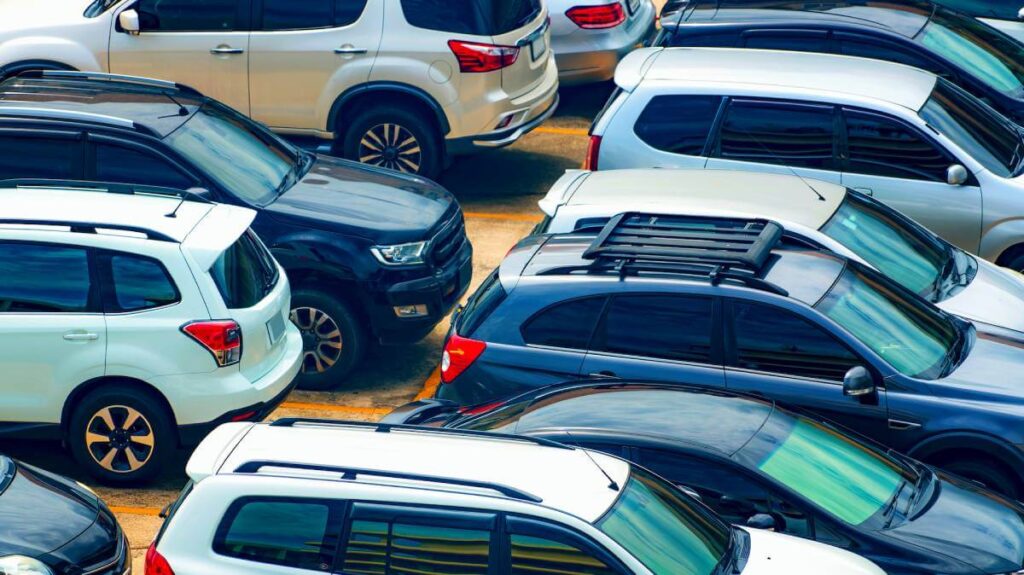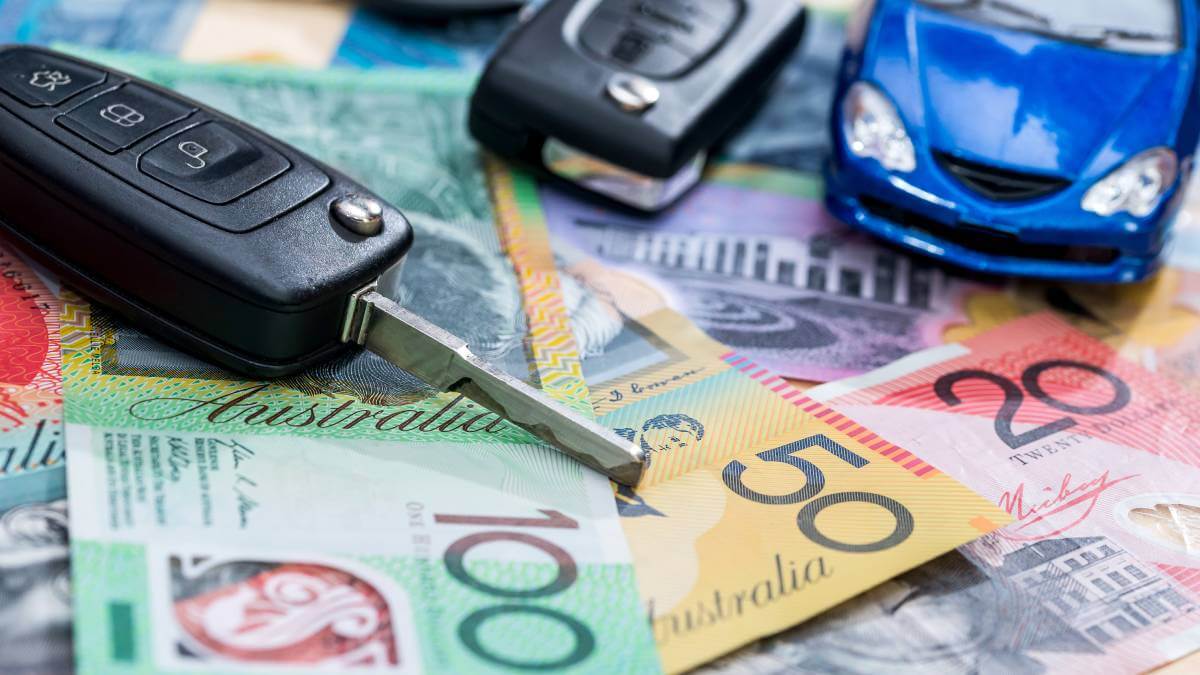Driving has become an integral part of daily life for many, offering convenience, freedom, and mobility. Whether commuting to work, running errands, or going on weekend trips, our vehicles are essential companions.
However, when it comes to something as crucial as fuel efficiency, there’s an expectation that the numbers we’re promised will match the reality on the road. Unfortunately, for many drivers, that promise is falling short. Discovering that your car uses more fuel than expected can be frustrating and costly, leaving many questioning the reliability of manufacturers’ claims.
You May Like
The Australian Automobile Association (AAA), the umbrella organisation for our nation’s motoring clubs like the National Roads and Motorists’ Association (NRMA), Royal Automobile Club of Victoria (RACV), and Royal Automobile Club of Queensland (RACQ), has recently shed light on a concerning issue.
After receiving a $14 million grant from the Federal Government in 2022 to conduct real-world testing on 200 vehicles, the AAA has now published results that are causing quite a stir among consumers and industry experts alike.
Out of the 84 vehicles tested so far, with 14 in the latest sixth round of testing, a mere three managed to meet or beat their manufacturer’s fuel consumption—litres per 100km—claims. This is a stark contrast to the lab conditions under which these vehicles were originally tested.
The Mitsubishi Outlander stood out as the only vehicle to use less fuel than its lab test results, consuming two per cent less petrol. Meanwhile, the Nissan Patrol and Isuzu’s MU-X 4×4 showed negligible differences, though they were among the thirstiest vehicles tested.
However, the real shocker comes with the remaining 11 vehicles, which exceeded their claims. These popular models include:
- Mitsubishi Triton
- Nissan X-Trail
- Kia Cerato
- Ford Everest V6
- Toyota C-HR Hybrid
- Hyundai i30
- Kia Picanto
- MG 5
- Mazda CX-5
- Suzuki Swift Hybrid
- Mazda 2
The Mazda 2, in particular, was found to use a staggering 35 per cent more fuel in real-world conditions compared to its advertised efficiency. The Suzuki Swift Hybrid wasn’t far behind, guzzling 31 per cent more petrol than claimed.

The discrepancies don’t stop at fuel consumption. The MU-X, while not exceeding its fuel claim, was the only vehicle to produce more nitrogen oxide (NOx) emissions than allowed, emitting 314mg/km, which is well over the 180mg/km limit for diesel vehicles.
These findings are more than just numbers; they represent a significant concern for consumers who rely on manufacturer claims to make informed decisions about the cost of running their vehicles.
The AAA’s real-world road testing, conducted on a 93km loop around Geelong, is based on European Union legislation but tailored for Australian conditions. This rigorous testing is crucial in providing transparency and ensuring that consumers aren’t misled by potentially inaccurate lab test results.
Michael Bradley, the AAA’s managing director, emphasised the importance of real-world testing, stating, ‘These results again show real-world testing is needed to help consumers and fleet buyers avoid buying a vehicle that produces more emissions and higher running costs than advertised.’
The AAA’s efforts are not only about consumer protection but also about environmental impact. By identifying vehicles that exceed their claimed emissions, the program supports the New Vehicle Efficiency Standard (NVES) in its mission to create a cleaner, more fuel-efficient national vehicle fleet.
As we await the release of testing results for electric vehicles (EVs), which are due to be tested this year, it’s clear that the AAA’s work is more important than ever. For those who are on fixed incomes or planning for retirement, knowing that the cars are as fuel-efficient as promised is vital for budgeting and reducing our environmental footprint.
So, before you make your next car purchase, consider the real-world performance of these vehicles. It might just save your wallet and contribute to a greener Australia.
Have you experienced a discrepancy between advertised and actual fuel consumption in your vehicle? Share your story with the YourLifeChoices community in the comments below—your insights could help fellow Australians make better-informed decisions on the road ahead.
Also read: This proposed Fair Fuel Plan could save you money on petrol every day

